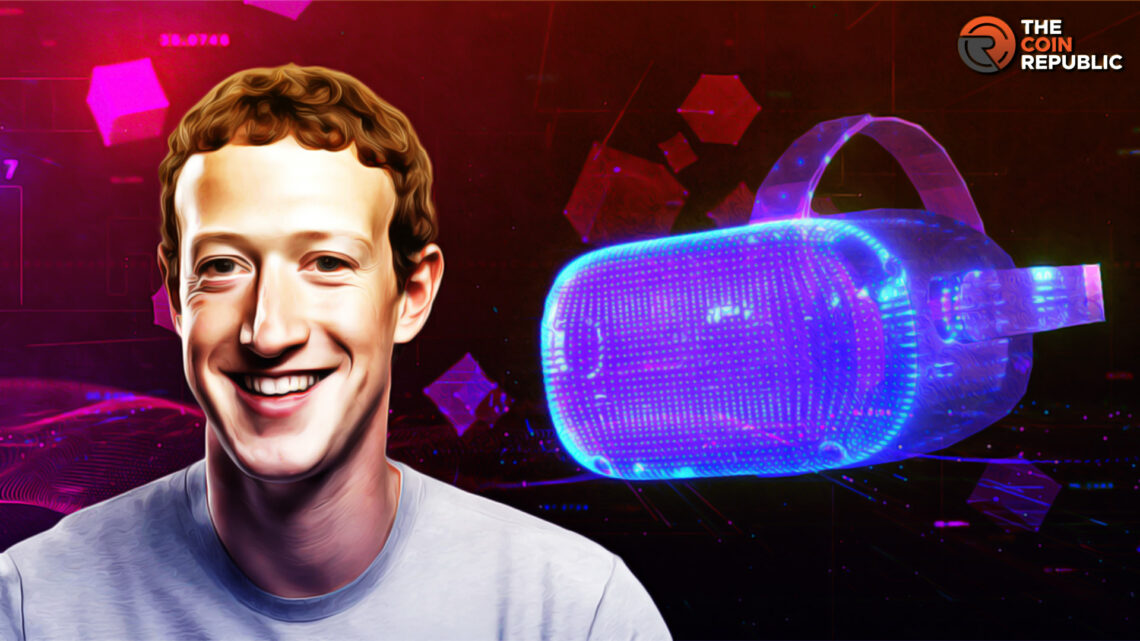- 1 The Meta founder appeared in the Lex Fridman podcast as a photo avatar.
- 2 Photo realistic avatars could be an integral part of the metaverse.
On the Lex Fridman podcast on September 28, the computer scientist and Mark Zuckerberg engaged in an hour-long conservation sitting thousands of miles apart as photo realistic avatars.
Needless to say, the internet was blown away. Zuckerberg and Fridman could see each other’s avatar’s on through Meta’s Quest 3 headsets and noise-canceling headphones.
This is the third time Mark Zuckerberg appeared in the podcast, but this was the first time he appeared as a photorealistic avatar. The social media platform X (formerly Twitter) was abuzz. Lex Fridman also posted that this was his very first experience with him and it looks like they were talking in person but in reality, they were miles apart.
Observers often have fun trashing Meta for losing Bbillions of dollars into Metaverse research only to produce Cartoonish avatars. But this time, Meta has proved all of them wrong with these realistic avatars.
Many X Users Are Praising the Realistic Photo Avatars
Coder Jelle Prins wrote that while watching the podcast, he had forgotten that he was watching avatars. The metaverse podcast involving these realistic avatars dilutes the difference between reality and virtuality.
Fridman commented on X that he had already forgotten that Zuckerberg is not real. This technology is the newest version of Codex avatars. It was first revealed in 2019. This research project aims to create fully photorealistic, real-time avatars by way of headsets and face-tracking sensors.
Users on social media seem to be genuinely impressed by the sophistication of the technology. A pseudonymous user wrote that Metaverse is officially real. This is a rare moment of seemingly genuine praise from a user typically known for his sarcastic take on the current event.
The photorealistic avatars of Fridman and Zukerberg in their conversation show that metaverse avatars are bridging the gap between virtual and real avatars. It could mean a marked departure from cartoonish and rough avatars.
Mark Zuckerberg confirmed that users would have to wait a few years before slipping into their realistic photo avatars because the tech used to create these involves highly expensive machine learning software. The other special requirement for this is full head scans by specialized equipment featuring more than 100 cameras.
Zuckerberg maintained that the company wants to lessen the gap as much as possible, explaining that in the future, regular smartphones will be able to pull off these scans. This demonstration comes one day after Meta unveiled its answer to ChatGPT – Meta AI – which is integrated into a range of unique chatbots, apps, and smart glasses.

Nancy J. Allen is a crypto enthusiast, with a major in macroeconomics and minor in business statistics. She believes that cryptocurrencies inspire people to be their own banks, and step aside from traditional monetary exchange systems. She is also intrigued by blockchain technology and its functioning. She frequently researches, and posts content on the top altcoins, their theoretical working principles and technical price predictions.


 Home
Home News
News










